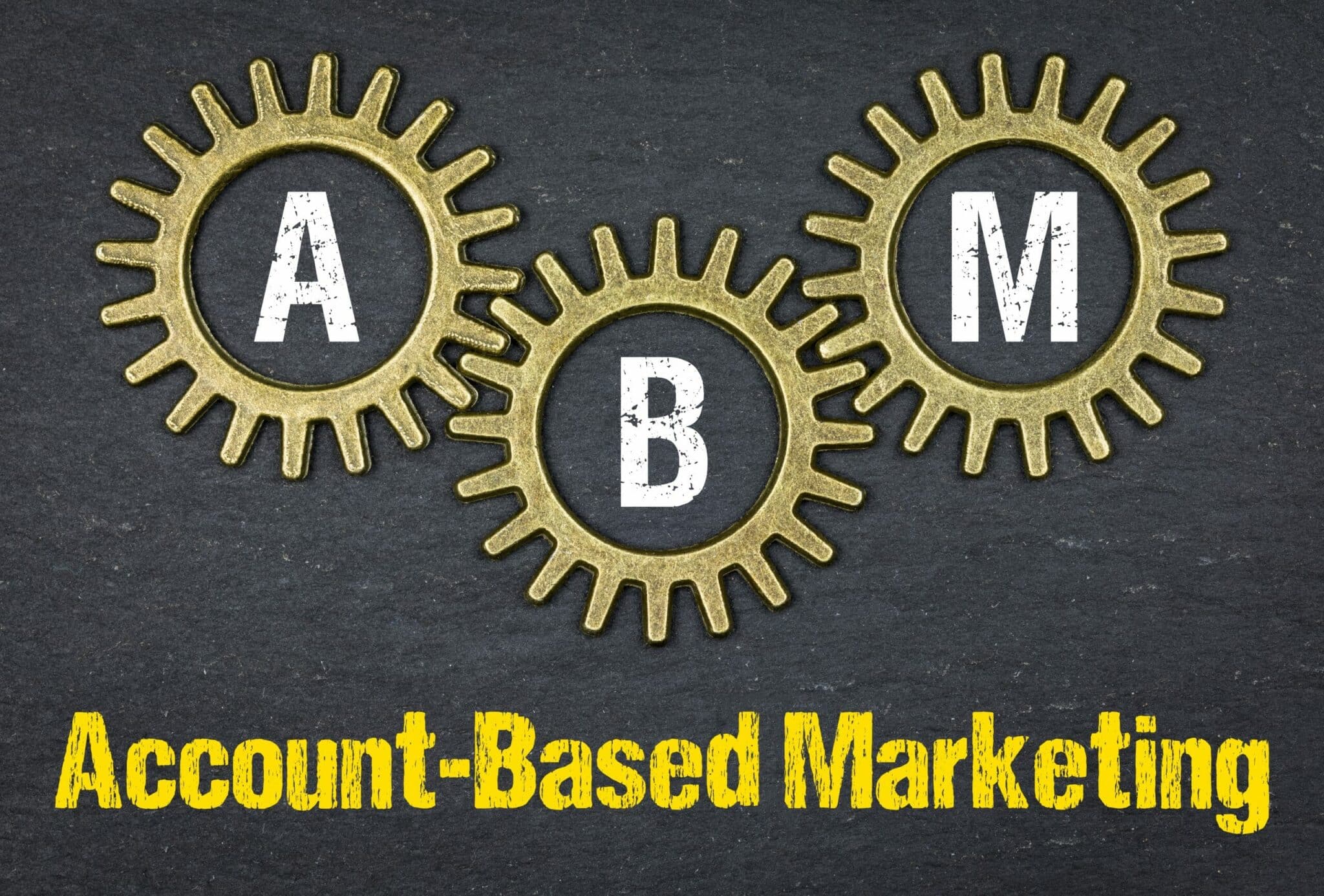The “spray and pray” B2B marketing strategy was already on a death spiral even before COVID-19. With the pandemic eliminating in-person events and conferences as well as face-to-face sales calls, B2B marketers increasingly turned to account-based marketing (ABM) to fill in that void.
ABM—focusing your marketing and sales efforts on precisely targeting just those accounts that are most likely to be purchasers of your product—has been around now for many years so the concept is not entirely novel.
According to the “Account-based Marketing – Global Market Trajectory & Analytics” Report, growth in ABM is taking place worldwide. The global market for account-based marketing is projected to reach $1.6 billion by 2027. The ABM market in the United States alone reached more than $202 million last year. Other noteworthy geographic regions poised for growth include China, Japan, Canada, and Germany.
Additional research shows that approximately 94 percent of B2B marketers have some type of active ABM program. B2B sales forces across all industries are prime for ABM, including financial services, enterprises, healthcare, manufacturing, IT, and SaaS companies to name a few.
It’s clear that ABM has become an important tool in the business-development arsenal. However, finding the right B2B data and turning that into actionable insights to fine-tune your audience targeting is sometimes a challenge.
Determining Your Data Needs
One dataset does not make an ABM program successful. In order to identify, understand and engage the ideal buyers at the right companies, it takes a combination of B2B datasets. Among them:
- Customer data: The historical customer data within your CRM, billing systems and other databases;
- Firmographics: Company operational information that includes financials, number of employees, industries served and corporate locations;
- Technographics: Insight into the company’s current technology investments as well as its potential future IT needs; and
- Third-party data: Any data from sources outside your company channels.
B2B IP Data Adds Much-Needed Context
IP addresses are particularly accurate in reaching audiences in a privacy-sensitive manner based on their place and context of access to the internet. An IP address can provide other data parameters outside of where an online user is located.
IP data gives B2B marketers an increased ability to discover and understand who is interested in their products and services, and to better target those prospects with the right messages, at the right time.
However, not all IP data providers are created equal. B2B marketers as well as ABM agencies and solution providers should look for reliable and global IP datasets to successfully power their account-based marketing programs—throughout the customer lifecycle.
Sample B2B IP datasets include:
- Company Name
- Domain Name
- Geolocation (to a postcode level)
- Home vs. Business
- Internet Service Provider (ISP)
- Organization Name
Create a New Dimension for Your Account-Based Marketing
Adding IP data to your B2B targeting base will allow your company to improve the way in which it discovers and interacts with B2B prospects online. Below are a few examples of how other organizations are adding a new dimension to their ABM programs with the addition of B2B IP data:
Enrich CRM
A leading customer relationship management platform uses B2B IP data to enrich its CRM offerings.
Create Audience Segments
The leading provider of B2B intent data uses IP intelligence to create addressable audience segments.
Enhance ABM platforms
A leading global provider of business decisioning data and analytics incorporates B2B IP data to enhance its account-based-experience and visitor-intelligence platforms.
Target Buyers at Work
A heavy-equipment manufacturer uses IP data to target buyers for commercial construction companies with relevant online ads while they’re at work.
ABM Is Here to Stay
Account-centric marketing efforts have become a significant source of revenue for B2B companies. Those with mature programs can attribute as much as 73 percent of total revenues to their ABM initiatives. With these types of revenue-generating numbers, ABM will continue to be an integral part of biz-dev strategies, even as the business world returns to normal with its face-to-face meetings and in-person networking events.
It does take a significant amount of time and financial investment in order to jumpstart a successful ABM program. Do your due diligence when it comes to the data you use. Reliable and broad coverage; intelligent application of diverse datasets; and timely audience insights create the competitive advantage that ABM programs need to be successful.
